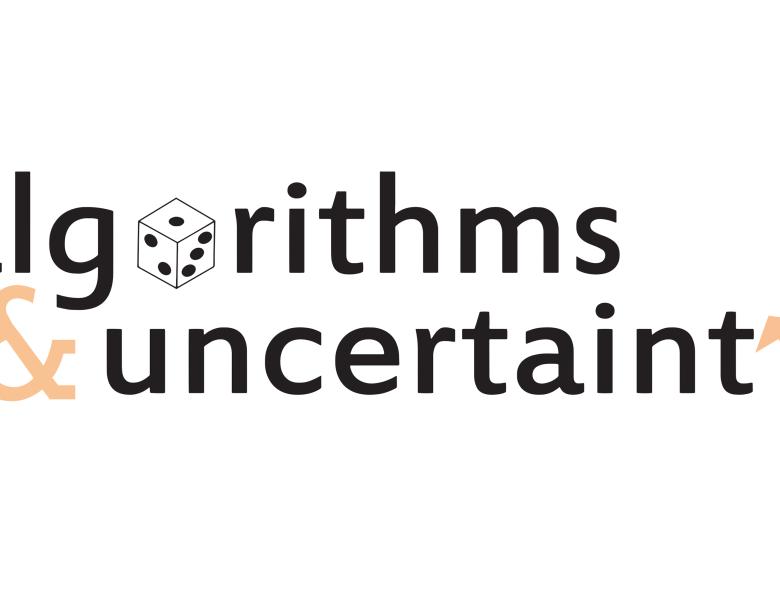Structured prediction tasks in machine learning involve the simultaneous prediction of multiple labels. This is often done by maximizing a score function on the space of labels, which decomposes as a sum of pairwise elements, each depending on two specific labels. The goal of this work is to develop a theoretical explanation of the empirical effectiveness of heuristic inference algorithms for solving such structured prediction problems. We study the minimum-achievable expected Hamming error in such problems, highlighting the case of 2D grid graphs, which are common in machine vision applications. Our main theorems provide tight upper and lower bounds on this error, as well as a polynomial-time algorithm that achieves the bound.
Joint work with Amir Globerson, David Sontag, and Cafer Yildirim.
